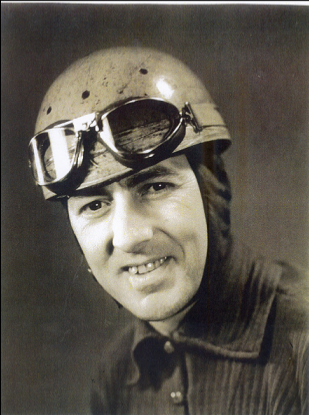He could always win races at his home track in Wichita Falls, but that was not the point. He wanted to get to Indianapolis and race in the Indy 500, as soon as possible. In the 1920s and '30s, a driver had to earn his ride, not buy it.
The only 'bump in the road' for George in 1928 occurred at the Wichita Falls Fair Park Statdium race track on Nov. 12, 1928. during a 200-lap, 100-mile race. As the race was winding down, his No. 21 crashed through the inside wall as he neared the second turn. He was thrown from tha car and taken to the local hospital where he was treated for a deep gash under one eye. He repaired his car and was soon racing again.
To be an Indy driver was quite an honor, and considered the pinnacle of racing. A rookie driver had to pass a rookie test given by the officials of the AAA (American Automobile Association) and a group of veteran driversbefore he could receive his rookie driver's tapeon the rear of his car. If the rookie caused an accident, or didn't perform up to par, the driver was told to come back next year and try again. Many dirt track drivers never made it on the Indy track, but Barringer showed he had the necessary skills and talent.








